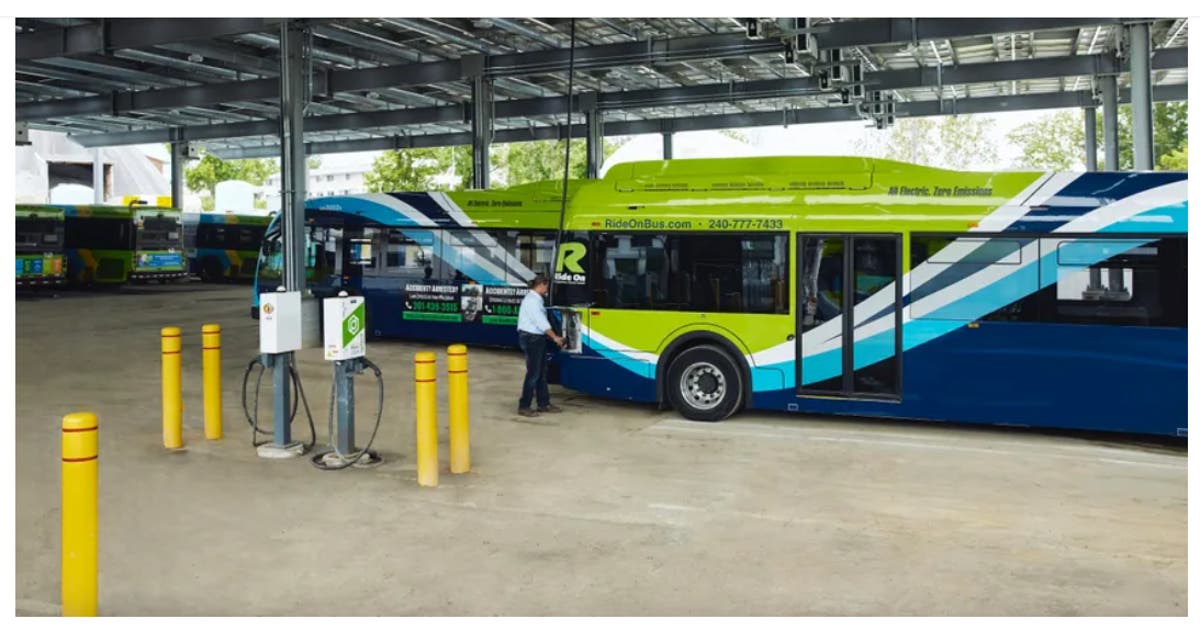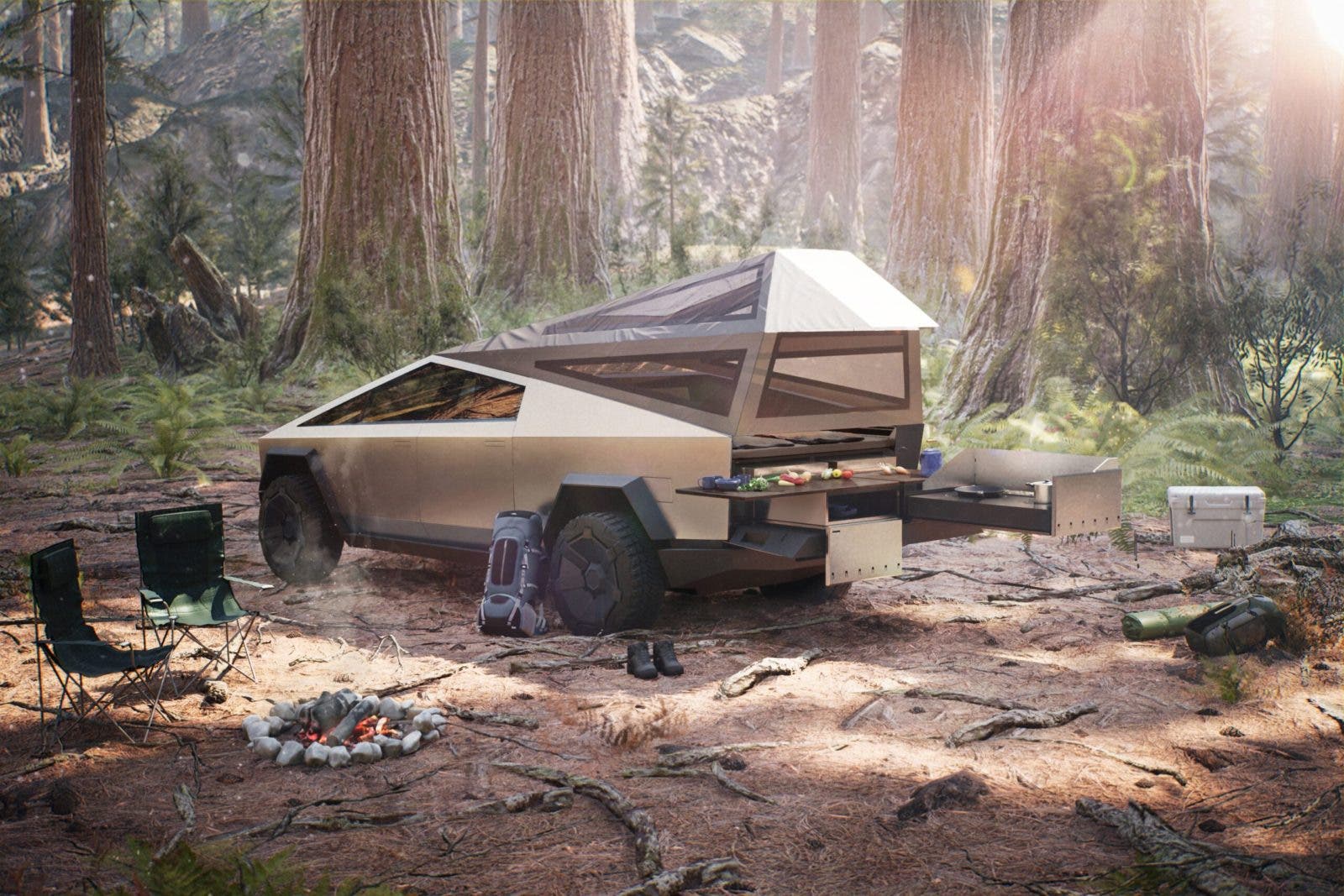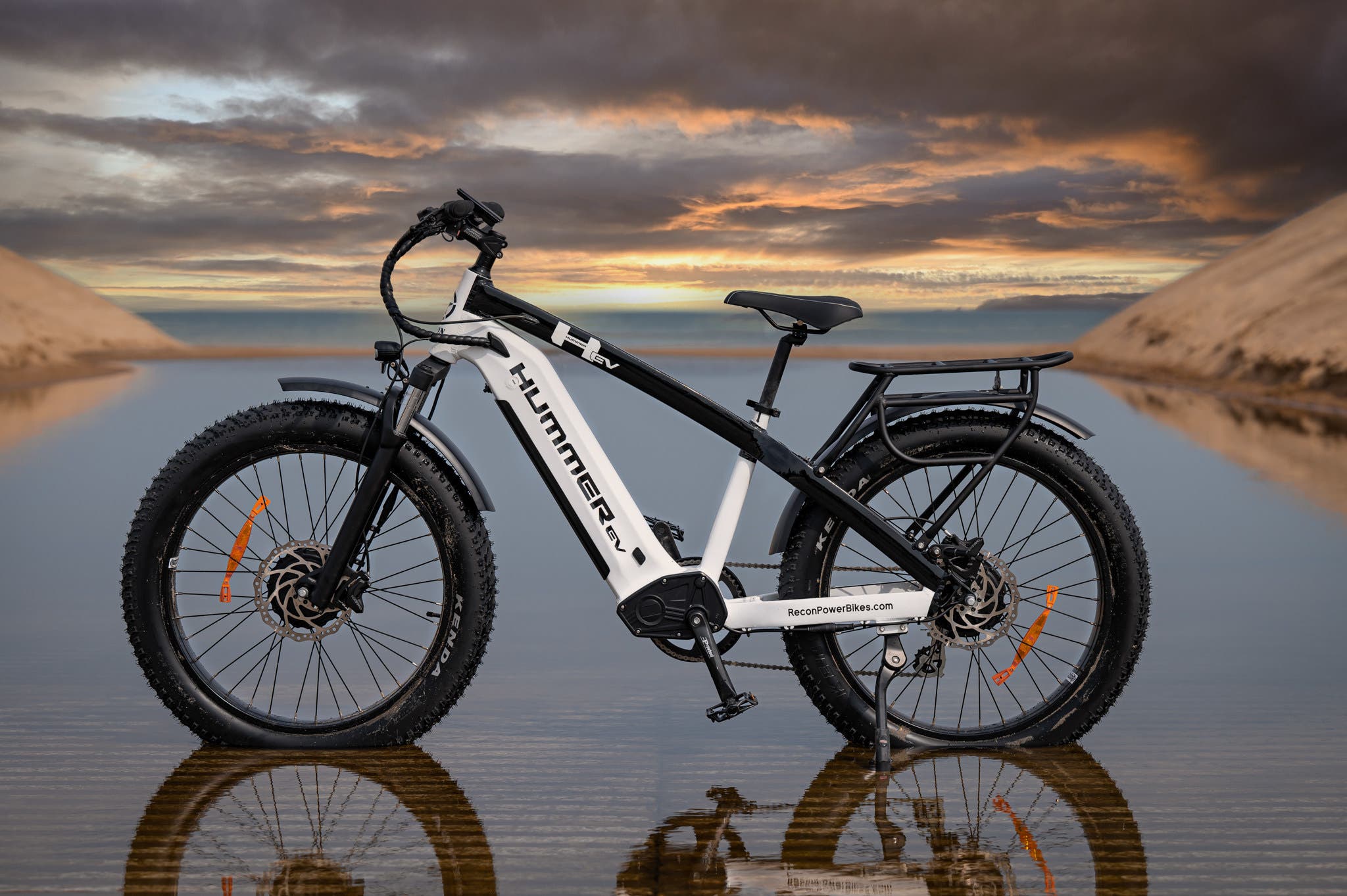An article from the Union of Concerned Scientists that we just posted really hit home for me. Hotter nights, one of the main issues with climate change, were thoroughly discussed in the post. Despite the outstanding effort, I believe we frequently neglect to discuss the human side of the issue in basic terms. The passage that, in my opinion, best illustrates this issue is as follows:
For people without access to air conditioning or for whom the decision to turn on the air conditioning presents challenging financial trade-offs, the health risks associated with hot nights are particularly severe. People with People of color and low incomes are particularly at risk since they tend to reside in hotter metropolitan areas or have less financial flexibility to maintain the air conditioning. These situations are frequently the outcome of long-term underinvestment in the health and wellbeing of people of color and the places in which they live as a result of decades or centuries of systematic racism. Millions of people may be affected when they are unable to cool off at home at night due to heat-related power outages or preemptive power cuts made to reduce the risk of wildfires.
Yes, for many individuals, that is a large wall of text that is not very approachable. It brings up the mental imagery to properly absorb what the author is saying if you have college education and real-life experience with the issues she was discussing. If you don’t have experience with both of those things, your analysis of the issue appears to be purely theoretical. Even worse, it undoubtedly appears to conservative residents of the suburbs and exurbs as left-wing social justice hand wringing.
To emphasize this crucial point, I’d like to share some personal experiences I’ve had with hot nights.
PHOENIX METRO AREA POVERTY ANDAMP; LOSS OF LIFE SUPPORT SYSTEMS I accepted a position in graphic design and marketing in upscale Scottsdale when I first graduated from college. I didn’t have much money, and by Scottsdale standards, I didn’t get very much. However, it was significant money by the standards of my small-town New Mexico. I temporarily resided with some family members while I started my job, and I soon realized that relocating the rest of the family across would be more difficult than I had anticipated. Damn, everything was too pricey! I finally settled in an apartment in Tempe close to ASU.
It was a truly awful apartment. At night, people would yell and threaten to kill each other outside. Folks have attempted to break down our door on numerous times, perhaps because the people selling drugs across the street prevented them from having enough cash for their next high. When it came to the police, who refused to take action, we were on our own. Only when we came up with a clever approach to inform the appropriate parties that tampering with our flat was a very bad idea did the issue go away.
The summertime heat in Phoenix is really pretty bearable for brief periods of time. You don’t really notice it unless it has a chance to get on your skin and clothes. It’s not a great deal to quickly traverse the parking lot, and if you can park in the shade, your car won’t be a scorching inferno. The only time you can really do anything outside is at night, yet during the hottest periods, you’ll still want to return to the air conditioning as soon as you can.
But one day, the temperature in our apartment began to soar. Family members were whining about the heat when I arrived home from work. Outside, neighbors were chatting while asking one another if their apartments were becoming warm. The central air conditioning system for the apartment building had malfunctioned, it turned out. Short dosages of what was once bearable gradually became not just painful but also nauseous and draining. When you’re rushing between automobiles and air-conditioned buildings, 90 degrees isn’t a big worry, but when it’s 3 AM and your bed is 90 degrees, it becomes a real issue that prevents you from sleeping and from being productive the next day.
We made use of some strategies that our Mexican relatives who were born before the widespread usage of air conditioning had taught us. Getting damp sheets reduced body warmth. It was difficult to keep the rags moist, but I even managed to make a rudimentary evaporative cooler using the damaged air conditioner’s heat exchanger and some wet rags. I drove everyone to work, where they hung out in my office all day to keep cool. But not everybody was as fortunate. While the sprinklers watered the grass, I noticed neighbors lying in it. Others in the neighborhood spent hours cooling down in their automobiles, using up a lot of gas they presumably couldn’t afford. Others stood outdoors drenched in perspiration or wetting themselves with tap water in an effort to cool off.
THE HABITANT Years later, I spent some time in the region driving for Uber. It was at that point that I understood the size of the issue at hand. Even if sporadic air conditioner issues occasionally left people in need, for the homeless population in metro regions, this was just part of life.
I came upon a man dozing off on the pavement one evening. I slowed down and examined him. He was breathing, and his heartbeat was faint and slow. He was crawling with ants. He temporarily sat up and became semi-awake, and I was able to get him to sip on some water and Gatorade before he fell asleep once more. He was having a diabetic episode that had been made worse by the heat, according to the paramedics.
The other homeless persons I observed in the vicinity were all struggling. The majority would seek refuge throughout the day, wetting themselves with any available water, sitting in the shade, and dozing off to escape the heat. They could only get up at night and search for food, water, and anyone who would offer them spare change.
In other words, the homeless and underprivileged I encountered and interacted with only found solace at night. If you take it away from them, you’ll start to find a lot more impoverished and homeless people who are already dead or dying in the heat. It’s a real issue that we can’t adequately convey in a political jargon-filled phrase that generalizes about members of various social categories. Academic descriptions of issues are crucial for academics, but they don’t contribute to the story’s general applicability.
The only way to make people care about the issue is to spread true accounts of terrible things occurring to real individuals.
Cars entering and leaving the Deck Park Tunnel in downtown Phoenix at night is the featured image. Jennifer Sensiba created the image.
Do you value the unique reporting and cleantech news coverage on CleanTechnica? Consider becoming a patron on Patreon or a CleanTechnica Member, Supporter, Technician, or Ambassador.







